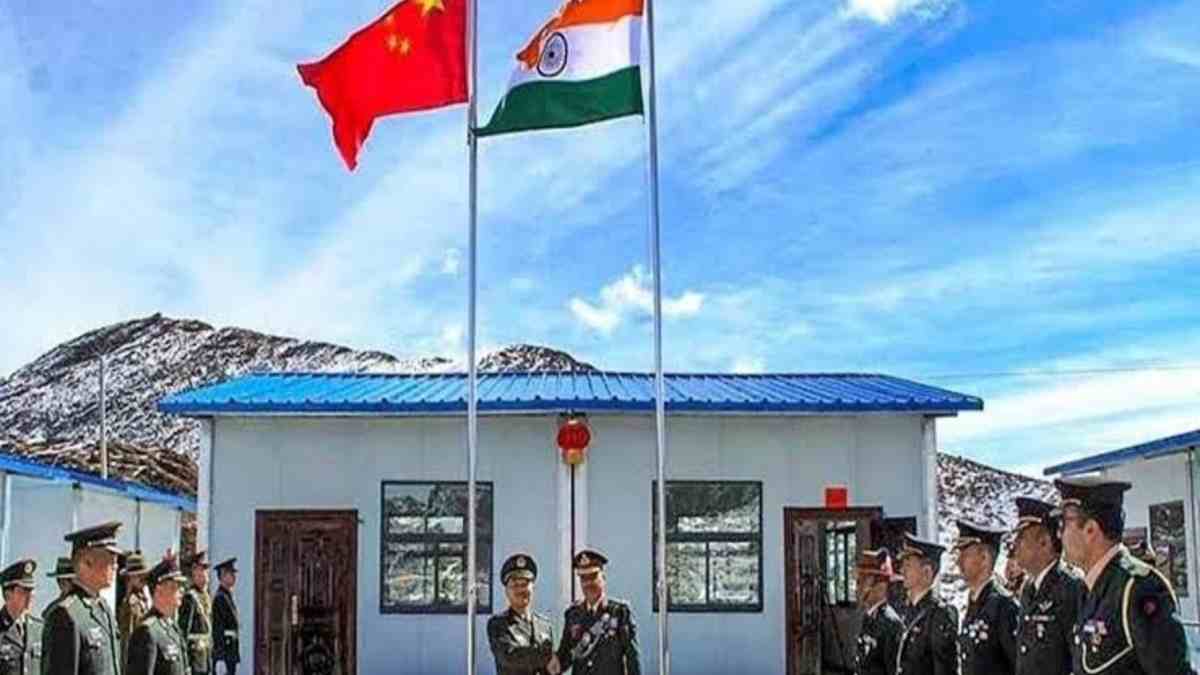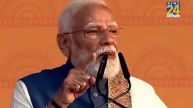With Donald Trump as the new US President, will the India-US defense cooperation increase further or will the new administration focus on its own preparedness under its ‘Make America Great Again’ doctrine? Will India emerge as a stronger US partner and be used against China or will the new dispensation in Washington concentrate on improving ties with China instead of disturbing it?
Donald Trump sent a strong signal by inviting Foreign Ministers of all Quad Countries for his inauguration as the US President.
S Jaishankar To Attend Quad Ministers’ Meet
It is also significant that Trump’s pick for Secretary of State, Marco Rubio is most likely to hold a meeting of these ministers on Tuesday, a day after the new US President takes oath.
Foreign Minister S Jaishankar, Australian Foreign Minister Penny Wong, and Japanese Foreign Minister Takeshi Iwaya will meet Rubio and discuss the agenda of working together.
Analysts believe it is under the US policies of ‘Make America Great Again’ and ‘America First’ that the agenda of containing China, stopping Beijing from spreading its shadow over the South China Sea and patrolling the Indo-Pacific Region has been taken up from day one.
Rubio and incoming National Security Adviser Mike Waltz have criticised Joe Biden for not doing enough to counter Beijing.
The importance of India in the Donald Trump administration can be gauged by the fact that both of these two top US officials have expressed support for bolstering the network of partnerships and alliances initiated by Joe Biden.
Will Quad Become ‘Asian NATO’?
What started as an organisation to cooperate in case of an emergency, the Quadrilateral Strategic Dialogue or the Quad has emerged as a powerful defense body and has been dubbed as the ‘Asian NATO’.
After India emphasised freedom of navigation in the South China Sea and supported the United Nations Convention on the Law of the Sea (UNCLOS), to the chagrin of China, it became clear that New Delhi had plans and ambitions of containing the communist country in its backyard.
Indian Strategy To Counter China
Analysts believe, India has taken up the issue of freedom of navigation in the South China Sea as a counter to Beijing’s strategy of ‘Diamond Necklace’ or the ‘String of Pearls’, by which it plans to encircle India in the Indian Ocean.
By the String of Pearls strategy, Bejing aims to develop a network of ports where it can have its presence or decisive influence.
The string may have Chittagong in Bangladesh, Karachi and Gwadar port in Pakistan, and Colombo and Hambantota in Sri Lanka, besides Seychelles and Mauritius.
Maldives has already made ripples by forcing India to withdraw its security officials from the island nation.
If media reports are to be believed, under the scheme, China may also have extensive Coastal Surveillance Radar (CSR) systems, Warships, and Submarines besides the port facilities.
Will India Stop China In South China Sea?
In a pre-emptive attempt to negate the Chinese influence or use it as a bargaining chip, New Delhi has joined hands with Japan, Australia and the US.
Tokyo has border disputes with China, which claims its sovereignty over almost the entire South China Sea under the imaginary Nine-Dash-Line concept.
India-Taiwan Bonhomie To Upset China?
New Delhi has also dropped hints at joining hands with Washington on the Taiwan issue while sticking to its old One China Policy.
The bonhomie between the two countries can be understood by the fact that India-Taiwan bilateral trade reached $10.1 billion in 2024. Taipei became India Taiwan’s 16th largest trading partner.
New Delhi signed an MoU with Tapei in February 2024 to encourage Indians to work in Taiwan.
India conferred its third highest civilian honour, the Padma Bhushan, to Foxconn CEO Liu Young-way.
Besides, Taiwan Semiconductor Manufacturing Company has signed an agreement for opening its manufacturing base in India.
Analysts believe India may use its position in the Quad, its strategy of spreading its interest in the Indian Ocean and relations with Taiwan to force the dragon to give concession.
Can India Join Hands With US To Corner China?
After Chinese troops intruded into India in May 2020 and refused to budge from its occupied position in Ladakh, the two sides positioned their troops in an eye-to-eye position.
The situation remained tense for four years before the People’s Liberation Army of China pulled back its soldiers.
Analysts believe, Beijing came under pressure partly for its vulnerability in the South China Sea and the Taiwan Strait and blinked at last.
Defense analysts believe, New Delhi may adopt the strategy of putting pressure on China by joining hands with Washington, which wants to stop the communist country at any cost.
By working in tandem with the US, Japan, and Australia, India can push China to a corner where it can bargain and get considerable concessions in its bilateral issues like border disputes.
India-US tango may upset the dragon, which has been romping with impunity. It depends much on how India exploits the tense US-China ties to setlle its score.













